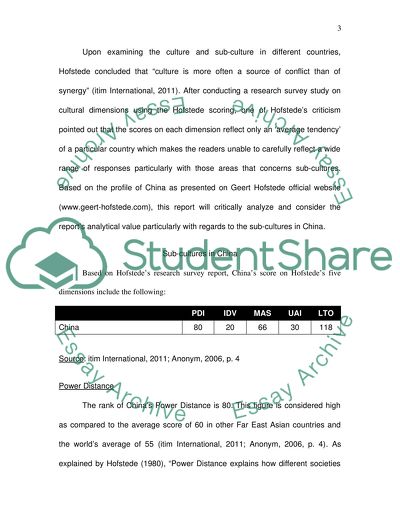Cite this document
(“Managing Across Cultures Essay Example | Topics and Well Written Essays - 2750 words - 1”, n.d.)
Retrieved from https://studentshare.org/environmental-studies/1412905-managing-across-cultures
Retrieved from https://studentshare.org/environmental-studies/1412905-managing-across-cultures
(Managing Across Cultures Essay Example | Topics and Well Written Essays - 2750 Words - 1)
https://studentshare.org/environmental-studies/1412905-managing-across-cultures.
https://studentshare.org/environmental-studies/1412905-managing-across-cultures.
“Managing Across Cultures Essay Example | Topics and Well Written Essays - 2750 Words - 1”, n.d. https://studentshare.org/environmental-studies/1412905-managing-across-cultures.


